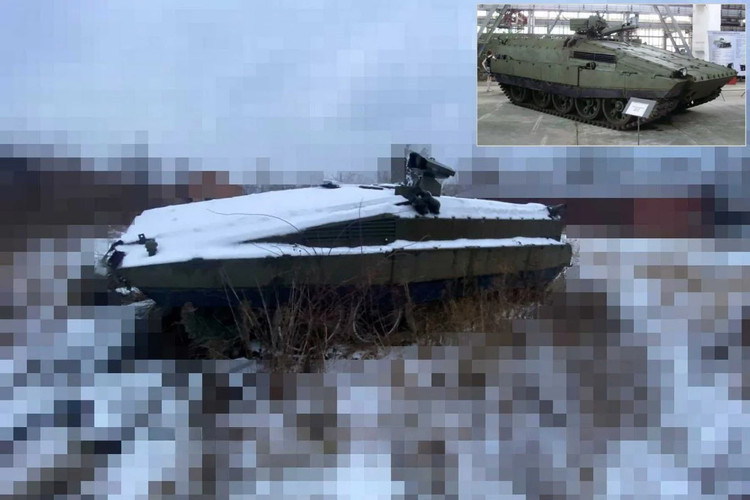
Unique infantry fighting vehicle on the battlefield
On April 21, 2025, the Military Informant website shared new images of Ukraine's unique BMP-55 infantry fighting vehicle (IVF). This is an IVF model developed by Ukraine in the 2000s based on the Soviet T-55 tank chassis, but equipped with a T-64 tank engine.
According to information on Military Informant, this IVF prototype, which incorporates modern design concepts, was developed by the Kharkiv Armor Repair Plant, in cooperation with the Kharkiv Morozov Design Bureau (KMDB), of Ukraine.
The photos show that although the hull is partly covered in snow, some parts such as the tracks, smoke grenade launcher and anti-tank missile launcher are still clearly visible. However, the remote-controlled weapon station, which uses a 12.7mm heavy machine gun, on the right side of the prototype has been removed.
The reason why this photo collection is valuable is that, according to the available information, only one BMP-55 prototype was produced in Ukraine. This discovery not only gives military enthusiasts the opportunity to take a closer look at this unique IVF; but also arouses interest in the Ukrainian defense industry. Especially in the field of armored vehicle modification.
The IVF BMP-55 design concept, as part of a broader initiative, aimed at modernizing outdated Soviet armored vehicles of the late last century such as the T-54/55/64/72.
The project was inspired by similar efforts in other countries, notably Israel, which has successfully deployed IFVs such as the Achzarit and later the Namer, both based on main battle tank chassis. The Russian BMPT Terminator series or the Chinese Type 59 HIFV, also exemplify the trend towards using tank chassis for specialized infantry support roles; especially in urban, or high-risk, combat environments.
At that time, KMDB proposed a bold plan, which was to transform the T-55 tank chassis, which no longer met the needs of the modern battlefield, into a highly protected infantry fighting vehicle.
This concept not only reflects the innovative spirit of the Ukrainian defense industry, but also reflects the country's pragmatism, in the context of a tight defense budget. In particular, it takes advantage of the large number of T-55 tank chassis that are still in storage since the Soviet era, but cannot find customers for export.
In 1998, the project was officially proposed by KMDB and named BMP-55U. The goal of the project was to utilize the existing T-55 tank chassis, creating a more spacious fighting compartment, similar to Western infantry fighting vehicles, by arranging a “bridge door (or drop door)” at the rear of the vehicle.
Such a design not only provides more comfortable boarding and disembarking, but also allows for faster transfer of wounded people in and out of the vehicle. In 2000, the Kharkov Armored Repair Plant completed a test prototype of the BMP-55, based on the Soviet-made T-55 medium tank.
The vehicle can accommodate up to 10 people, including a crew of 3 and 8 infantrymen. In terms of weapons and equipment, the BMP-55 is equipped with a twin anti-tank missile launcher on the upper left side of the hull and a remotely controlled weapon station with a 12.7mm heavy machine gun on the right side. These weapons provide powerful fire support for the vehicle.
In terms of powertrain, the BMP-55 uses the 5TDF engine, which is also used on the T-64 tank. The 5TDF engine has five cylinders with a bore of 120 mm and a rated power of 700 horsepower (522 kW), with a maximum power of 2,800 rpm. The design of this engine allows the BMP-55 to maintain good maneuverability even with increased weight, and its maximum speed can reach 60 km/h.
The external dimensions of the BMP-55 also ensure the vehicle's mobility; with the compact and low design of Soviet tanks, it makes it easy to move and keep secret on the battlefield.
The combat performance of the BMP-55 is the most outstanding feature of its design. The front hull is protected by 270 mm of armor, which is rated to withstand direct fire from 90 mm armor-piercing shells and is equivalent to Level 7 of the NATO STANAG 4569 standard.

The side armor is 81 mm thick and reinforced with 20 mm explosive reactive armor (ERA), protecting against PG-7VM anti-tank rounds launched from B-41 grenade launchers. The rear armor is 40 mm thick, meeting NATO level 4 protection standards, and can withstand 14.5 mm armor-piercing rounds.
The floor armor is made of multi-layer composite armor, specially designed to minimize the impact of anti-tank mines such as the Soviet TM-57, achieving protection according to NATO Level 5 standards. Ensuring the vehicle can withstand the impact of explosions from anti-tank mines TM-57 and similar weapons; helping the BMP-55 surpass traditional infantry fighting vehicles such as the BMP-1/2/3 in terms of protection.
The modification of the T-55 tank into the IVF BMP-55 reflects a deep understanding of the needs of the modern battlefield. During the modification, the designers removed the turret and top armor plate of the T-55 tank, and replaced it with a new armored fighting compartment.
This change not only increased the height of the fighting compartment, but also significantly improved the ergonomics; thus increasing the combat effectiveness of the crew members and accompanying infantry group.
Why is the BMP-55 not accepted by the Ukrainian and international military?
Due to lack of funding and general difficulties of the Ukrainian defense industry, the BMP-55 project was not further developed. Although the only prototype was produced and tested in 2009, no foreign orders were recorded and Ukraine itself did not pursue mass production. During those years, Ukraine was living in peace , so the need of the Ukrainian army for such an IVF was very little.
Although Ukraine has tried to market the BMP-55 internationally, so far no country has expressed interest in purchasing the IVF BMP-55.

Despite the innovative design of the BMP-55, sales have not met expectations. Ukraine claims that the BMP-55 is primarily aimed at the export market and is intended to provide a low-cost modernization solution for T-55 customers.
However, the real market was very cruel, when this IVF model not only did not receive any export orders but also was not equipped in the Ukrainian army.
The decline of the Ukrainian defense industry and the preference of the global military market for new combat vehicles make it difficult for the BMP-55 to gain a foothold in this highly competitive market.
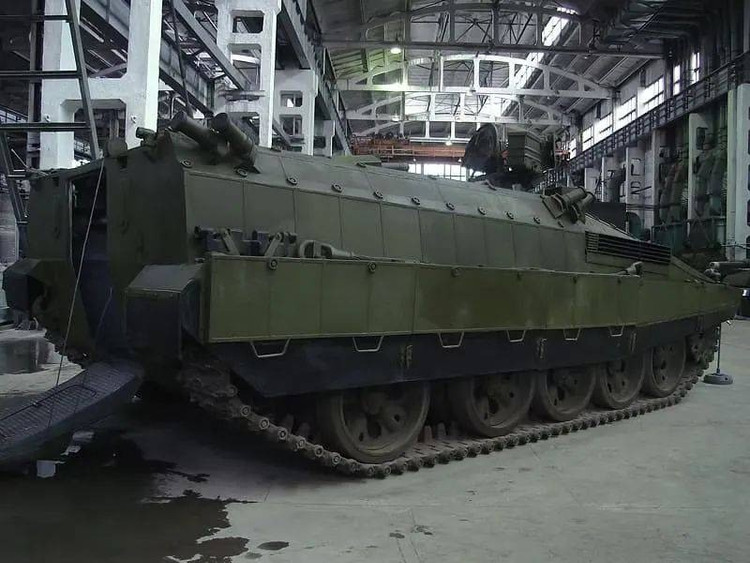
Although the technical conversion of the BMP-55 heavy infantry fighting vehicle is theoretically possible. In 2005, KMDB even developed a full set of technical documentation for converting T-54, T-55, T-62 and T-72 tanks into heavy infantry fighting vehicles and was granted a patent in March 2006. But it cannot be denied that the cost of conversion is very high.
Compared with investing in new infantry fighting vehicles, the conversion of old tanks is often limited by the original structure; at the same time, the technical difficulties and maintenance issues that may arise during the conversion process are also important factors that potential customers must consider.
In the context of the Ukrainian battlefield facing many difficulties and challenges; the appearance of the BMP-55 heavy infantry fighting vehicle, although only symbolic, is still full of uncertainties about actual combat and export potential.
Source: https://khoahocdoisong.vn/quan-doi-ukraine-che-xe-boc-thep-bmp-55-du-thieu-phuong-tien-post1542650.html




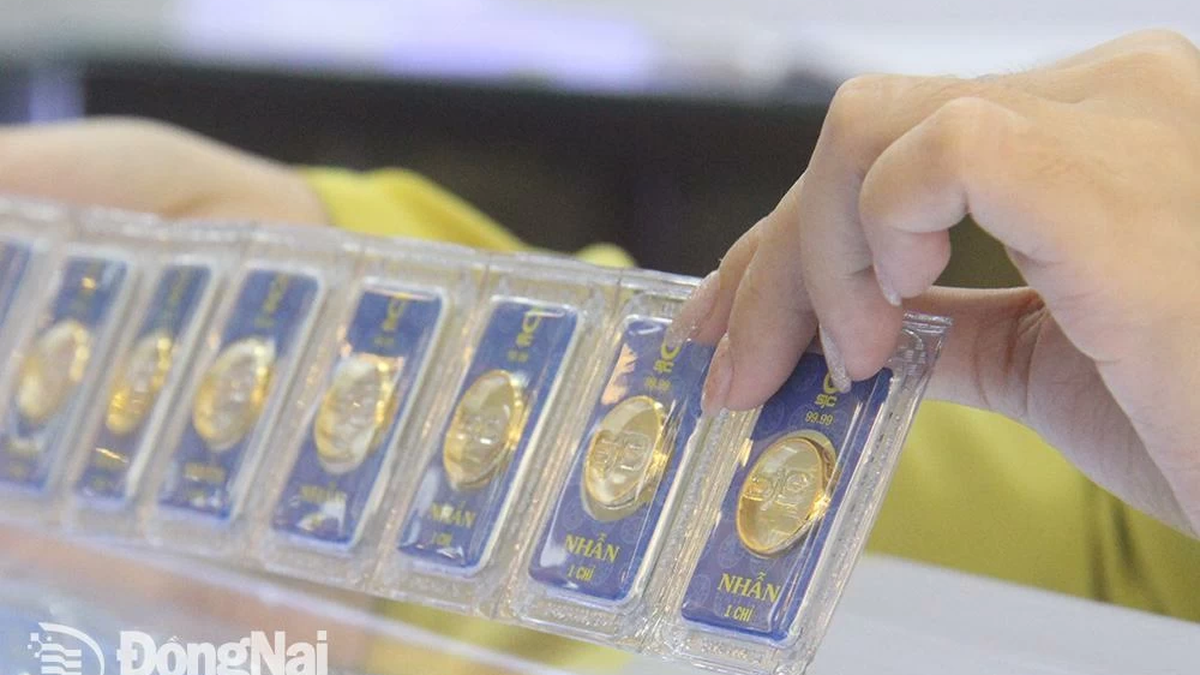
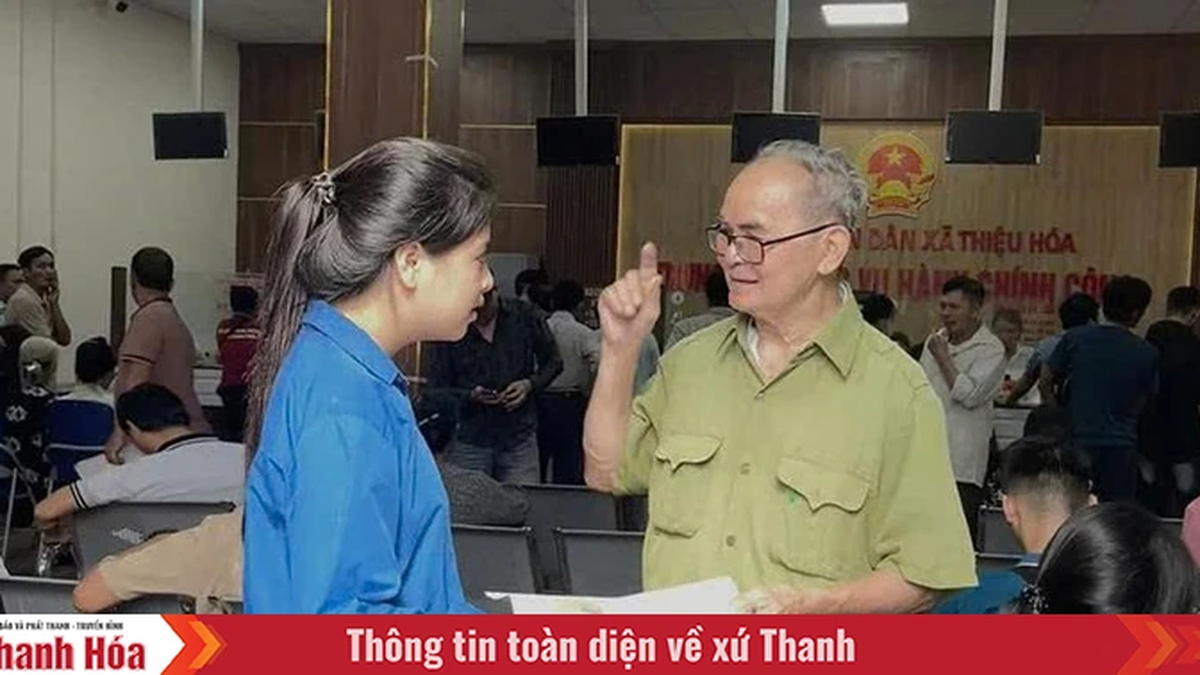



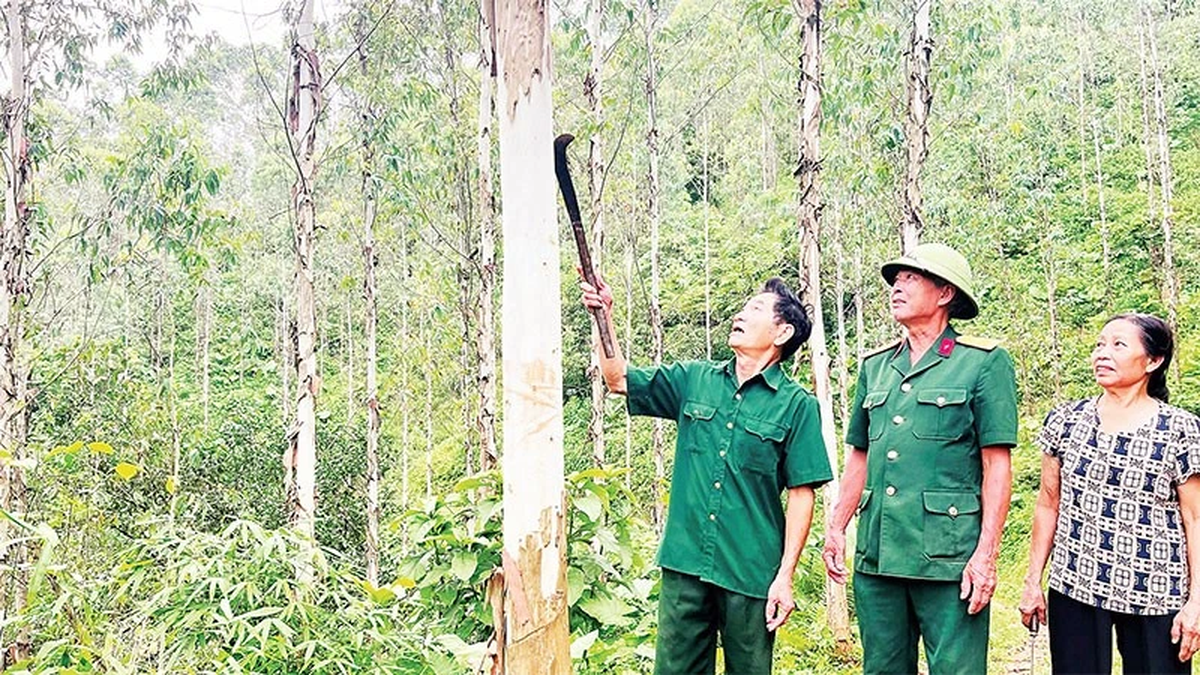
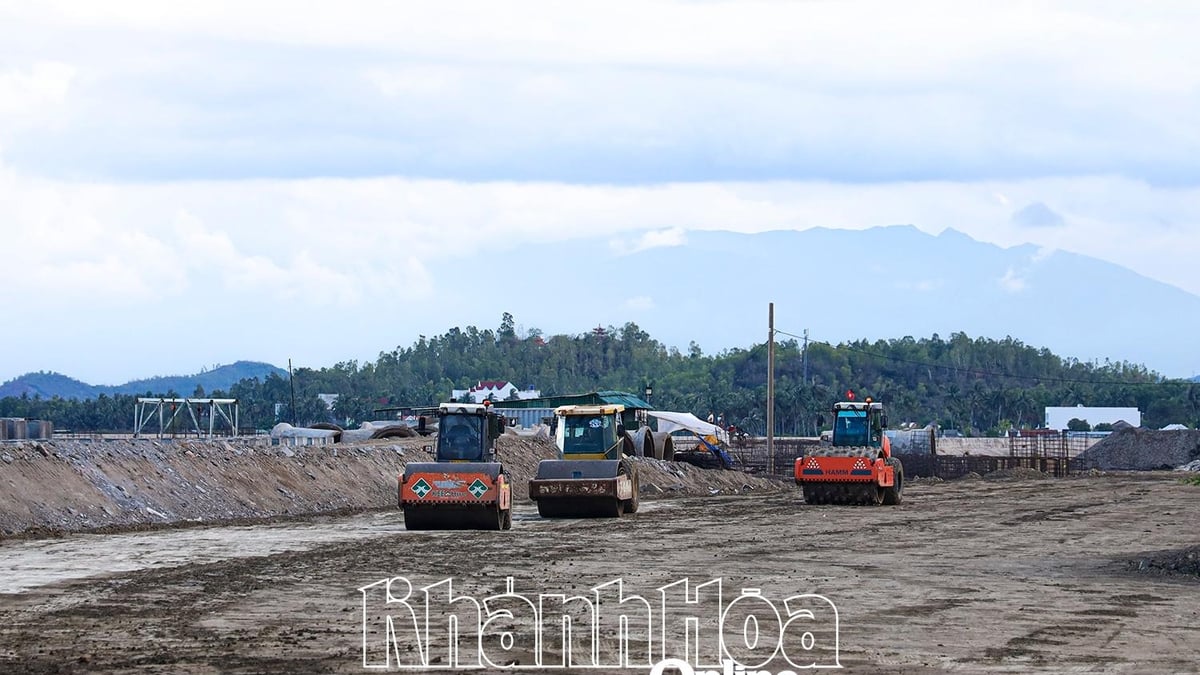











![[Photo] Signing of cooperation between ministries, branches and localities of Vietnam and Senegal](https://vphoto.vietnam.vn/thumb/1200x675/vietnam/resource/IMAGE/2025/7/24/6147c654b0ae4f2793188e982e272651)
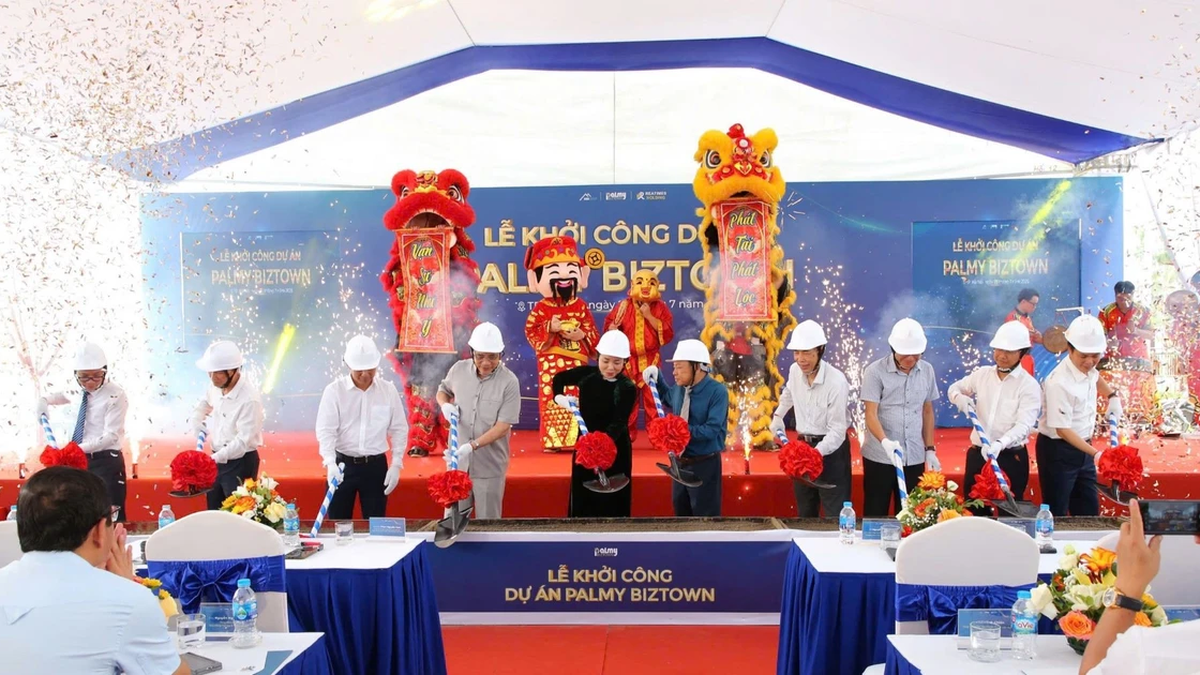
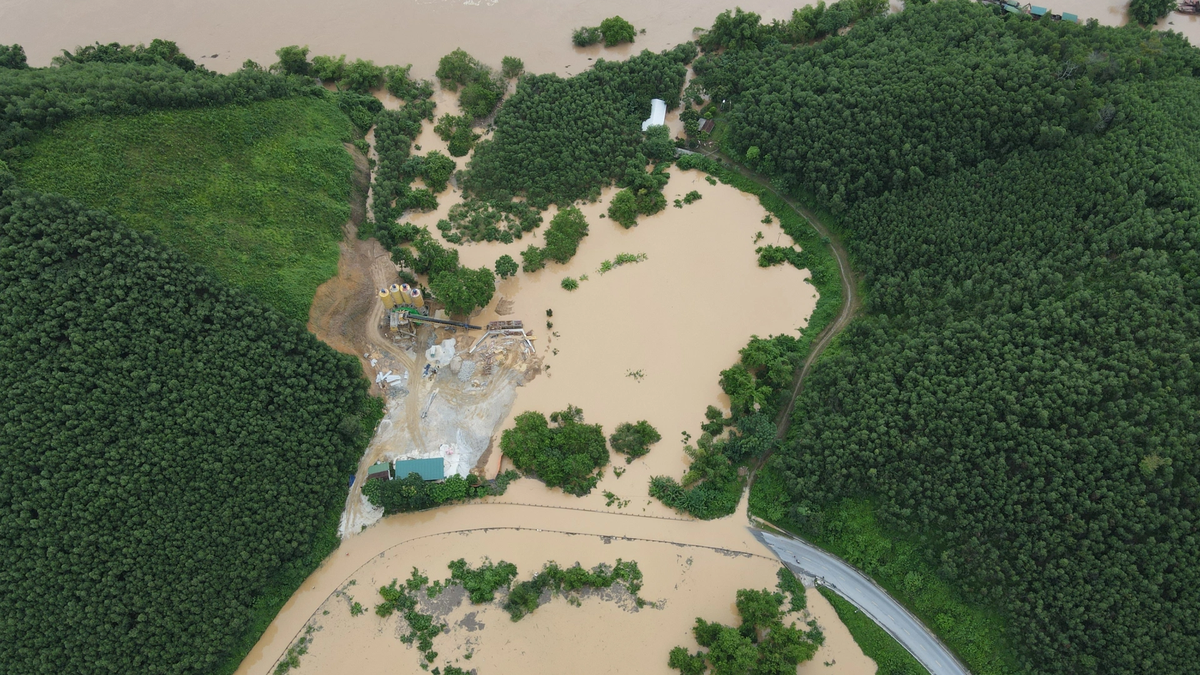



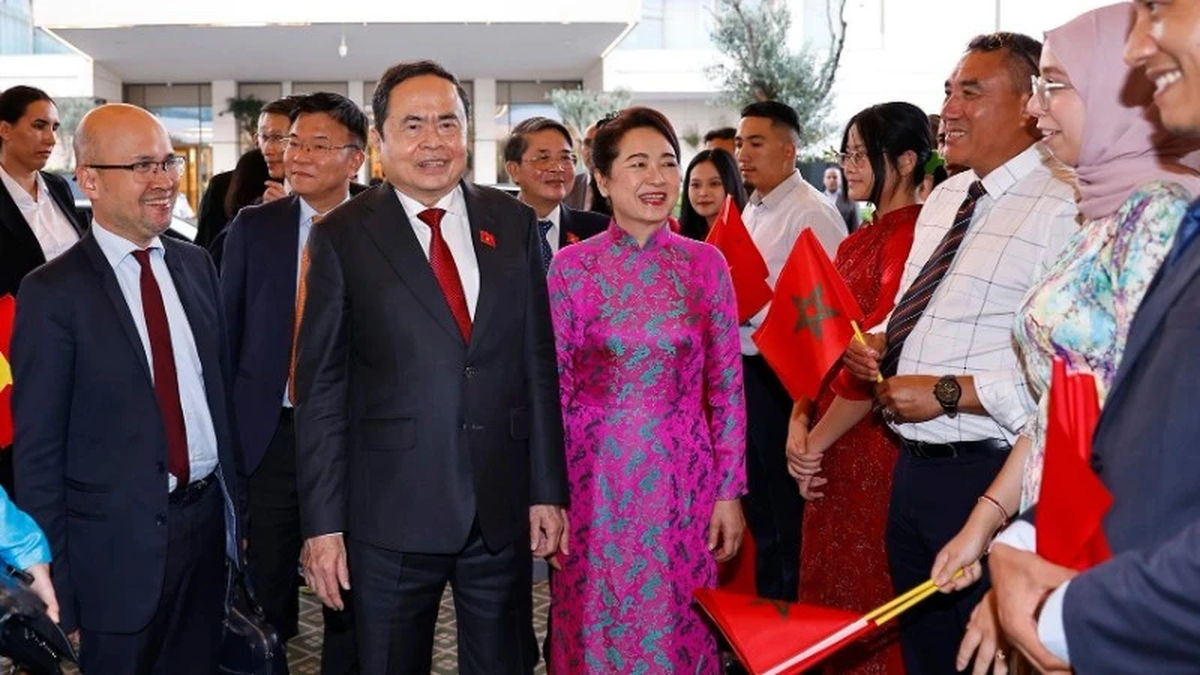



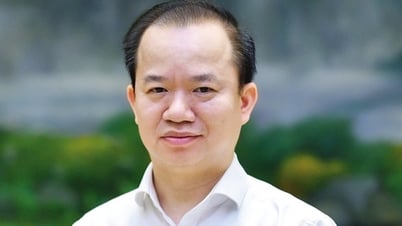








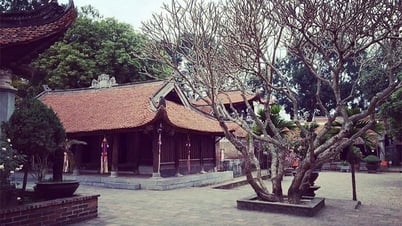

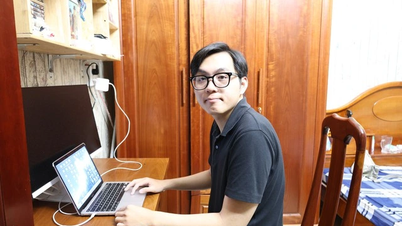






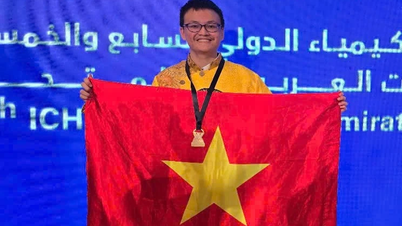
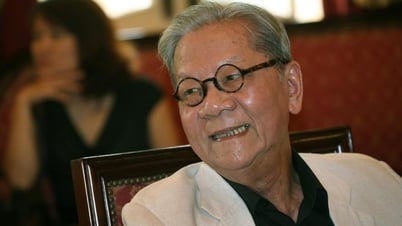






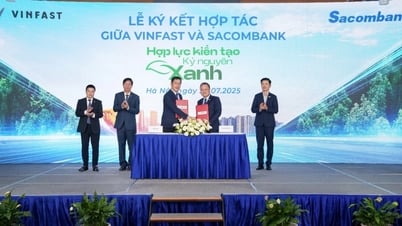

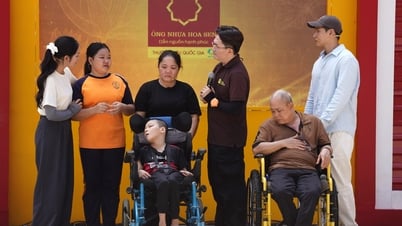

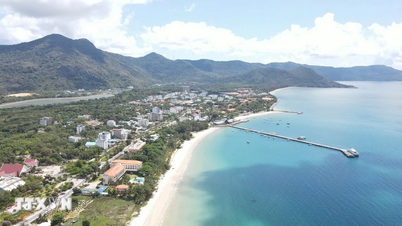
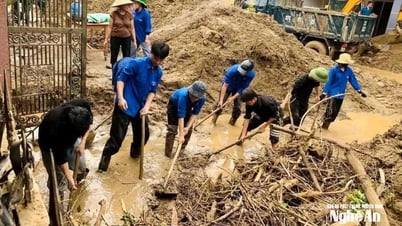

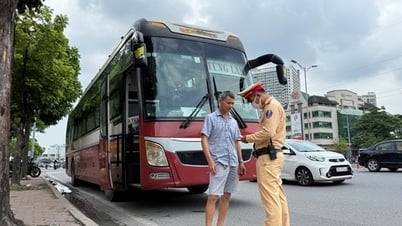



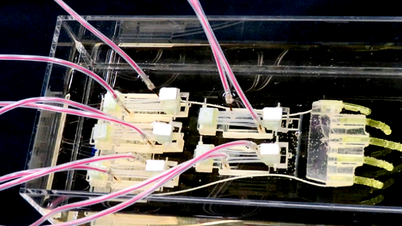
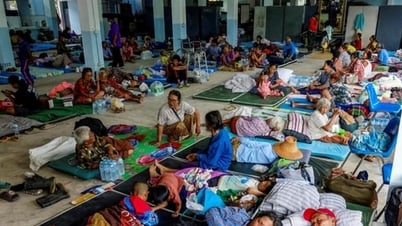



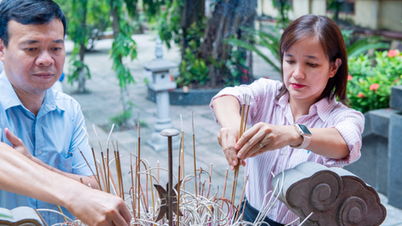
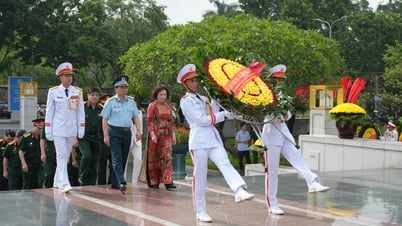

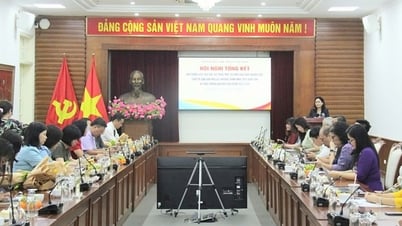

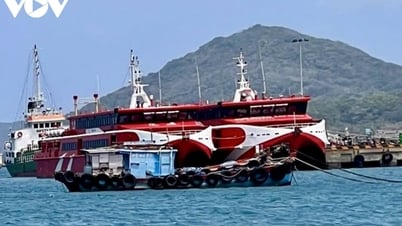























Comment (0)